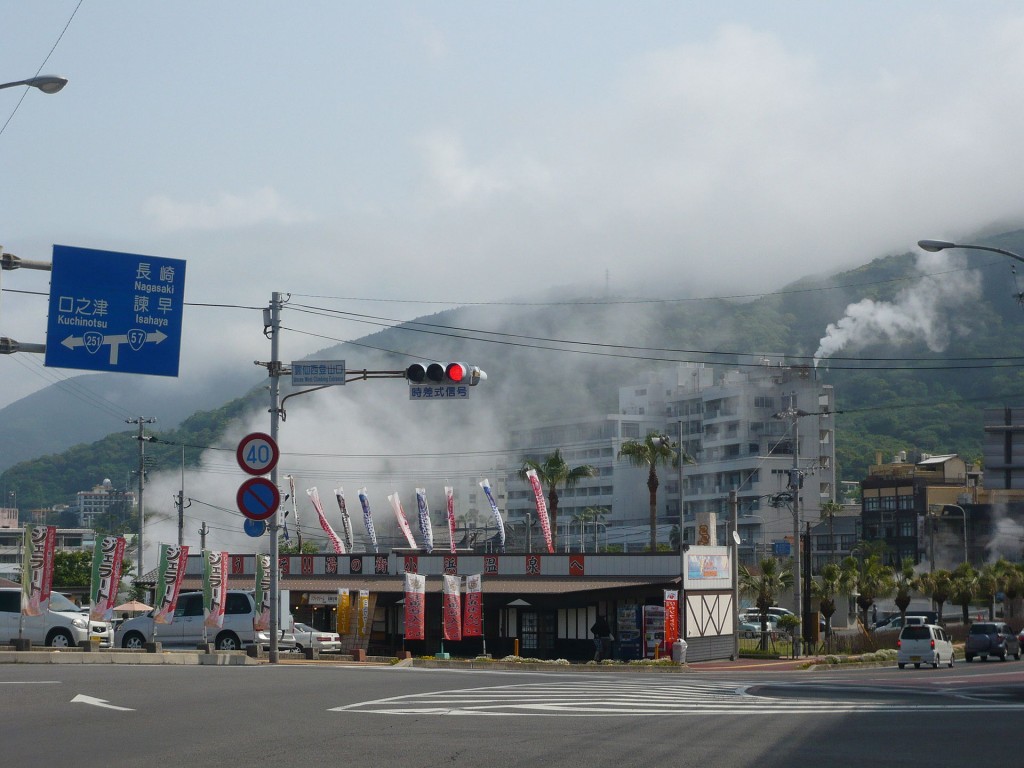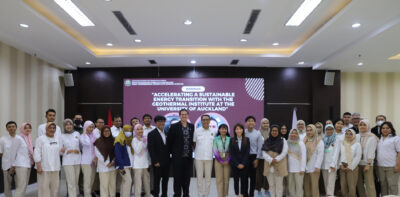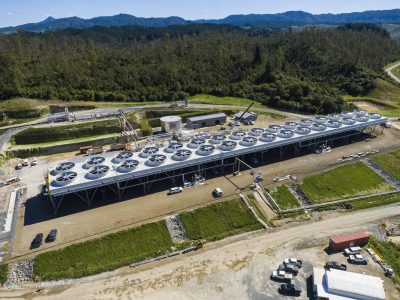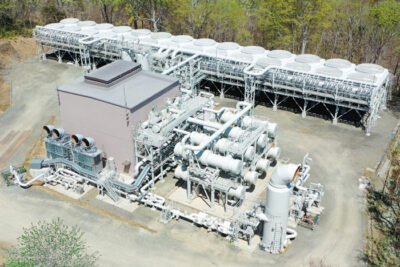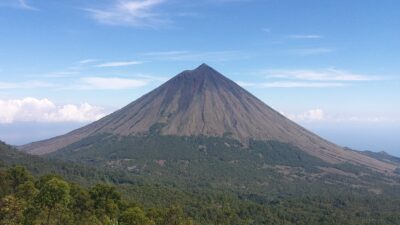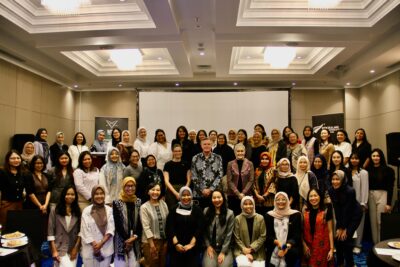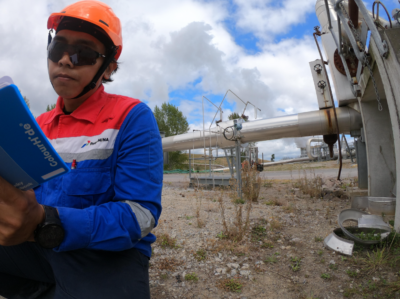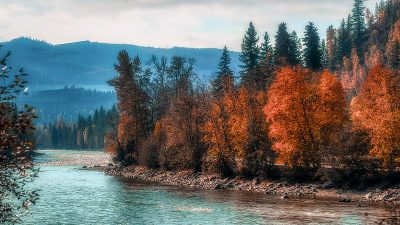Small Japanese town embraces geothermal and looks to emulate Iceland
Can a small-distributed geothermal power station approach be a solution around stringent geothermal legislation in Japan?
In a recent post done by National Geographic, the prestigious magazine explains how following the nuclear shutdown following the Fukushima accident, the people of the small town of Obama Onsen in the Nagasaki Prefecture decided to start their own renewable energy initiative.
Geothermal energy is no stranger to Japan but thanks to the “power vacuum” left behind by the Fukushima accident, renewable projects have seen a new surge. The town is using their famous hot springs to better use the heat generated by nature itself. According to NatGeo, “the Obama Onsen Energy Plant uses the excess heat from natural hot springs to generate electricity. The concept has the power plant run and funded entirely by collaborating with local people and a company, Koyo Denki Co.”
This is a great way to feed renewable energy to the Japanese town, yet there are more plans for the excess heat that can still be exploited more thoroughly as explained Akihiro Sando, an office worker at the plant and graduate student at Kyoto University,”we can use that (excess heat from the energy plant) for fish farming, agriculture, or even a spa much like the Blue Lagoon in Iceland, which is heated by the Svartsengi Power Station.”
The plant and the future projects can be a great blueprint for more small towns dotted across the Japanese geography and due to the stringent legislation around geothermal drilling, a small plant approach can be a great advantage.
“Our concept is not to make one big power station, but to make small-distributed power stations. The power stations can be the size of a house, and 20 such stations could power the entire city of Obama,” said Sando.
To read the full article from NatGeo, please follow the link:
Source: National Geographic
